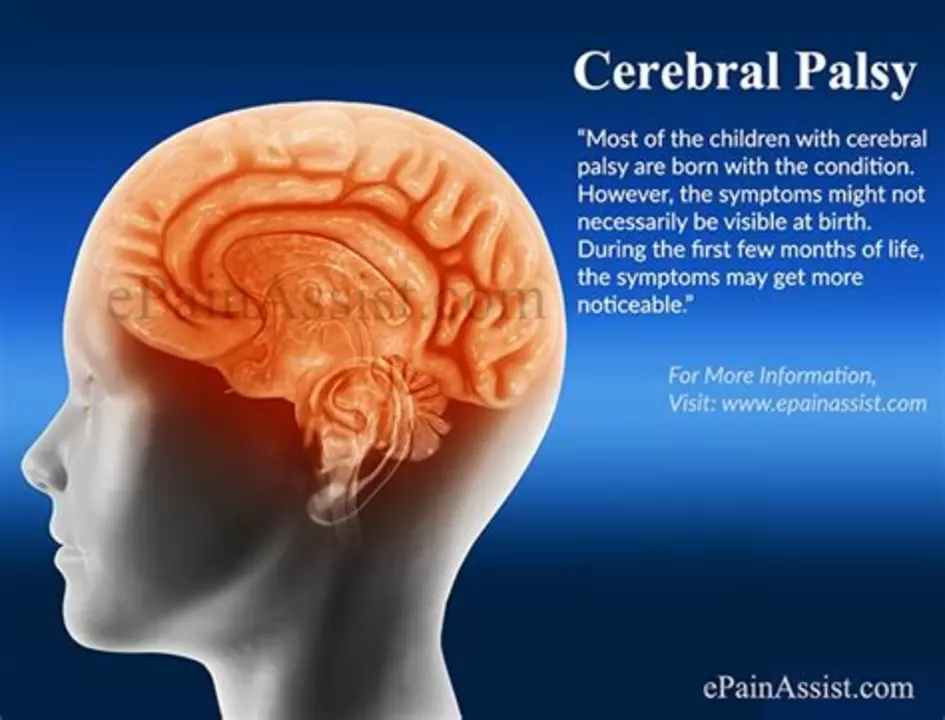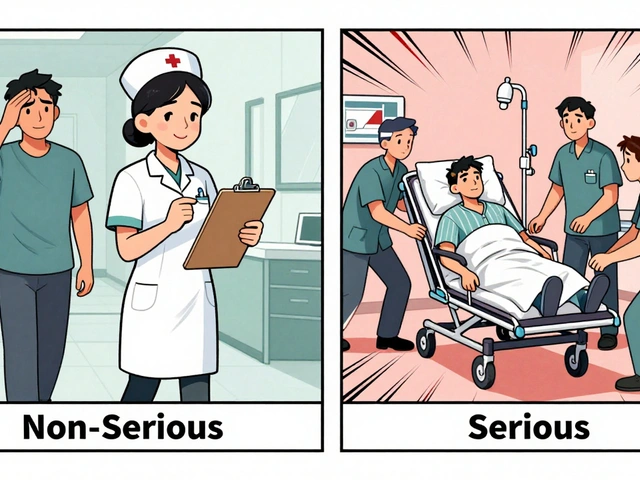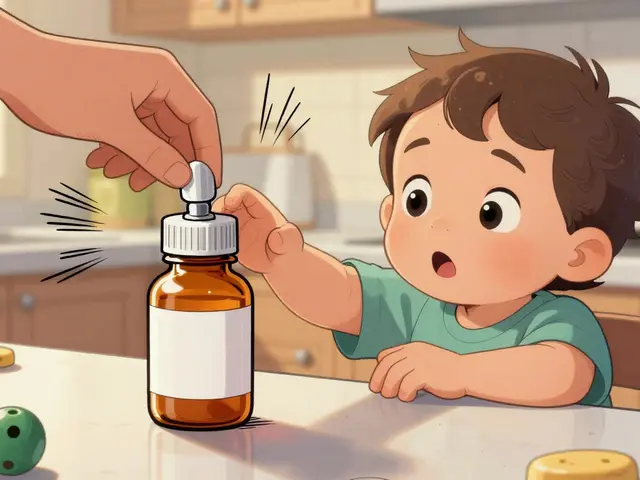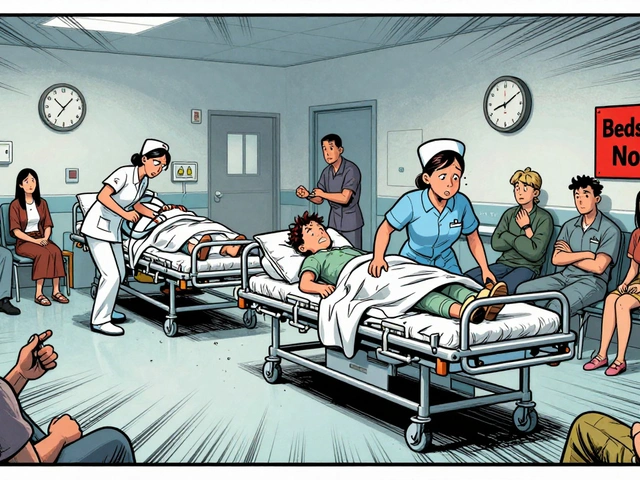Cerebral palsy: Practical care, medications and therapy
Cerebral palsy (CP) affects movement, tone, and sometimes learning. If you or someone you care for has CP, the day-to-day questions matter more than medical jargon: Which medicines ease tight muscles? What therapies actually improve function? How do I keep medication safe? This page pulls together straightforward, useful answers so you can take practical steps today.
Treatments and medications
Treatment starts with a clear goal: improve comfort and function. For spasticity (stiff muscles) doctors commonly consider medications like baclofen, tizanidine, or botulinum toxin injections. These can help reduce pain and make therapy more effective. If seizures occur, antiepileptic drugs such as levetiracetam or valproate may be used. Always discuss risks and benefits with a neurologist—drug choice depends on age, other health issues, and goals.
Medication is only one part of care. Orthotics, adaptive seating, and mobility aids often reduce pain and prevent contractures. Surgical options, such as selective dorsal rhizotomy or tendon lengthening, are chosen for specific problems and after careful evaluation. Ask your care team for clear functional goals before any procedure.
Buying meds online? Use licensed pharmacies, require a prescription for prescription drugs, check pharmacist contact info, and read reviews. Keep a list of all medicines, doses, and side effects, and share it with every provider involved in care.
Daily care, therapy and practical tips
Physical therapy and occupational therapy are central. PT focuses on strength, balance, and walking. OT helps with daily tasks—dressing, feeding, and using tools. Speech therapy supports communication and safe swallowing. Consistent home programs (simple daily exercises, regular stretches, timed practice of a skill) make a big difference. Small, regular sessions beat rare intense push sessions.
Simple caregiver routines reduce problems: repositioning to avoid pressure sores, timed feeding to reduce choking risk, and consistent sleep routines to improve rest. Skin checks, dental care, and nutritional monitoring prevent complications that often make life harder than the CP itself.
Mental health matters. Many people with CP and family caregivers face anxiety or burnout. Ask about counseling, support groups, or respite care. Local therapy centers and disability organizations often run useful programs and peer groups.
How Safe-Pills.com can help: we review medications, show safety tips for buying prescriptions, and explain common drug side effects so you can ask better questions at appointments. Use our drug guides to compare options, but always confirm choices with a clinician who knows your case.
If you want a quick next step: make a simple checklist—current meds and doses, therapy goals, recent problems (pain, sleep, seizures), and one question to ask your provider at the next visit. That checklist makes appointments more useful and keeps care moving forward.

The role of nutrition in managing cerebral palsy symptoms
In my latest blog post, I discussed the vital role nutrition plays in managing cerebral palsy symptoms. A balanced diet can help improve muscle function, boost energy levels, and maintain a healthy weight for those living with this condition. Additionally, it's essential to monitor and manage specific nutrient deficiencies, such as calcium and vitamin D, to support bone health. It's crucial to remember that each individual's nutritional needs may vary, so it's always best to consult a healthcare professional for personalized advice. Overall, prioritizing proper nutrition can significantly enhance the quality of life for people with cerebral palsy.
View More




